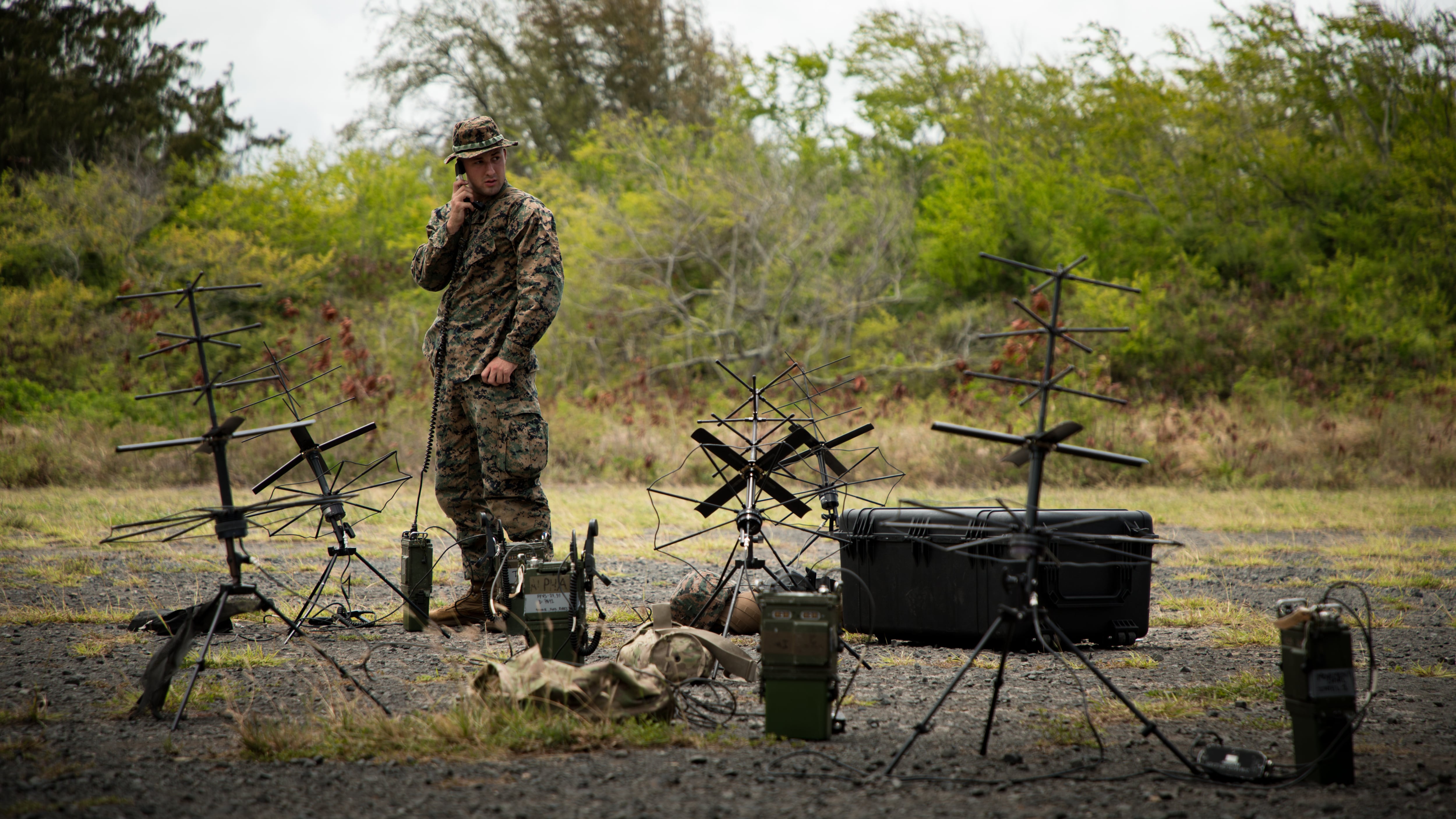WASHINGTON — Russia’s ongoing war in Ukraine is validating some of the underlying ideas of the U.S. Marine Corps’ new littoral regiment, meant to operate against China, according to the service’s top officer.
Gen. David Berger said he doesn’t want to rush to glean lessons learned from the war and revamp the Corps based on what Russia and Ukraine have done well or poorly, but he did tell reporters Dec. 7 that some early lessons learned from the conflict align with what the 3rd Marine Littoral Regiment is doing in Hawaii and the Pacific region.
One lesson that stood out is “the value of empowering lower tactical leaders and training them to a really super high degree and empowering them, giving them authorities, giving them capabilities at the lowest level,” the commandant of the Marine Corps said during a Defense Writers Group event.
The 3rd Marine Littoral Regiment is a first-of-its-kind of unit meant to disperse small groups of Marines around the theater to collect intelligence on enemy assets, understand the battlespace, organize refueling and rearming points for the joint force, set up mobile anti-ship missile launchers to deny the enemy access to the sea, and more. The regiment much also stay on the move to avoid detection.
These small groups of roughly 75 Marines could mirror actions taken by Ukrainian soldiers; Berger noted that small unit leaders in the European nation don’t always have to ask for permission up the chain of command. For example, if they find an opportunity to target Russian forces, thanks to the significant amount of information at their disposal through small drones and other sensors, they act rapidly.
Berger had previously emphasized the 3rd MLR and other stand-in forces would be the eyes and ears of the joint force inside an enemy’s weapons engagement zone. As such, Berger has been focused on their ability to conduct reconnaissance and counter-reconnaissance.
The collection of intelligence, surveillance and reconnaissance data is becoming more ubiquitous, the commandant said, and the war in Ukraine “absolutely validates, in parts, the changes that we’re making and how we are training. We have to be distributed. You have to have enough mobility that you can relocate your unit pretty often. You have to learn all about, like some of us learned 30 years ago, camouflage, decoys, deception.”
Still, some retired Marine Corps leaders have criticized this as a step away from the service’ focus on lethality. Berger and his deputies have said the tough part of the future conflict will be stitching together all-domain sensors to fully understand the battlefield in real time; prosecuting targets as the last step in the kill chain is something the Corps is good at and can do, but it’s the ability to find targets — even while remaining unseen by the enemy — that will make or break the service’s future success.
“You’ll see us focus really heavily on the collection part, the reconnaissance part and trying to deny the adversary the ability to collect against the joint force,” Berger said at the event.
Referring to the NMESIS program — or Navy/Marine Corps Expeditionary Ship Interdiction System — that puts anti-ship missiles on the back of an unmanned Joint Light Tactical Vehicle, Berger explained that “the SM-6 on the back of a JLTV, that Naval Strike missile, all that is clearly an essential part. But the magic of it is stitching that all together quickly; it could be a U.K., could be somebody else’s sensor, but the speed at which you can do that is the magic.”
The commandant noted that signature management was also a defensive lesson coming out of the war. He said it can be hard to convey the importance of emissions control to young Marines accustomed to having their cellphones on at all times, but the vulnerability devices create has become apparent in Ukraine.
Berger also said the war has emphasized “logistics, logistics, logistics, logistics.”
“We have to fight distributed. We have to empower lower unit leaders, we have to plan for logistics in a contested environment that’s very distributed, very spread out. This is where Force Design [2030] has taken us. So the Ukraine conflict isn’t validating everything in Force Design, but some elements … are very relevant for us moving forward to pay attention to,” he added.
Megan Eckstein is the naval warfare reporter at Defense News. She has covered military news since 2009, with a focus on U.S. Navy and Marine Corps operations, acquisition programs and budgets. She has reported from four geographic fleets and is happiest when she’s filing stories from a ship. Megan is a University of Maryland alumna.








